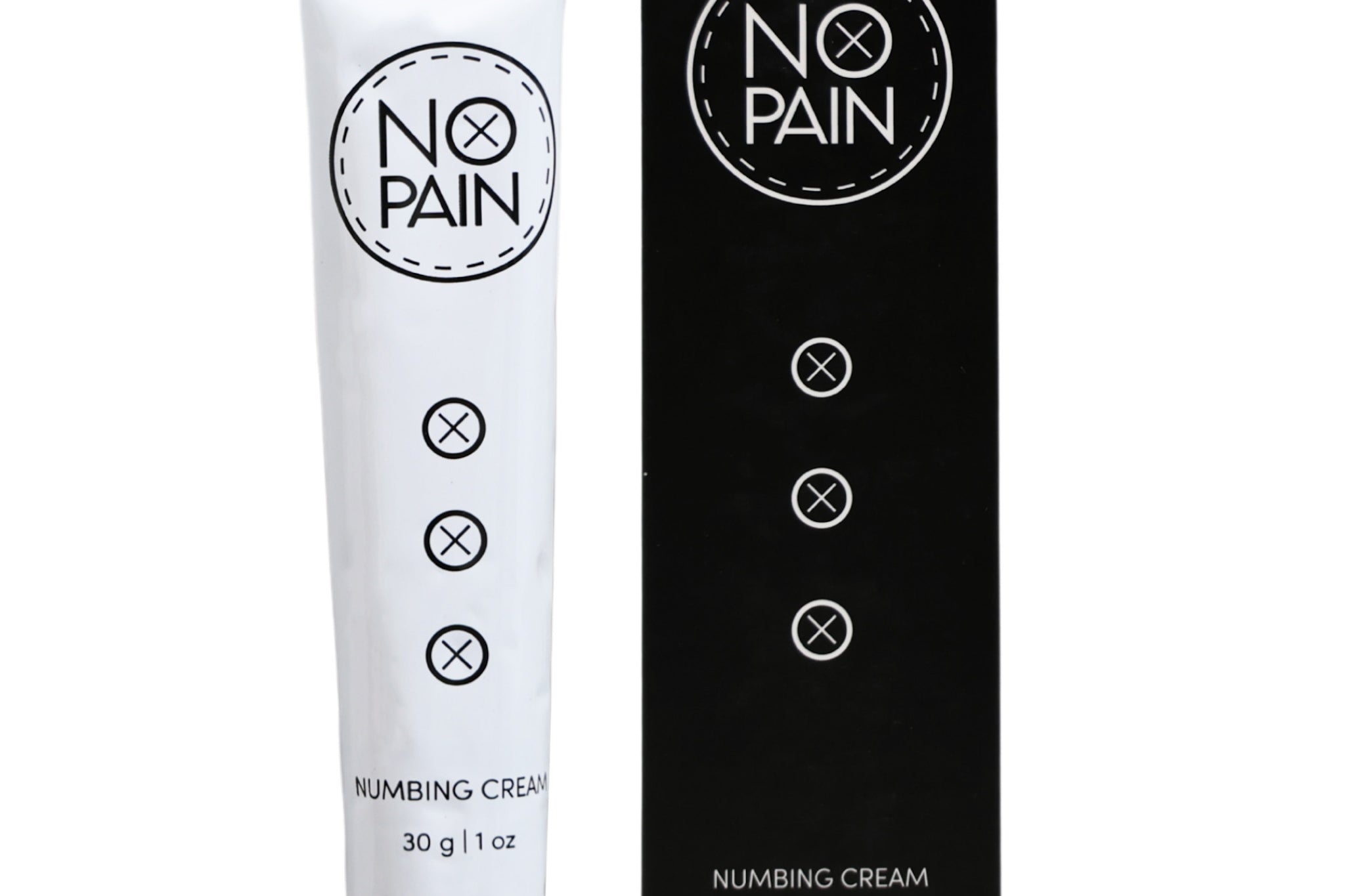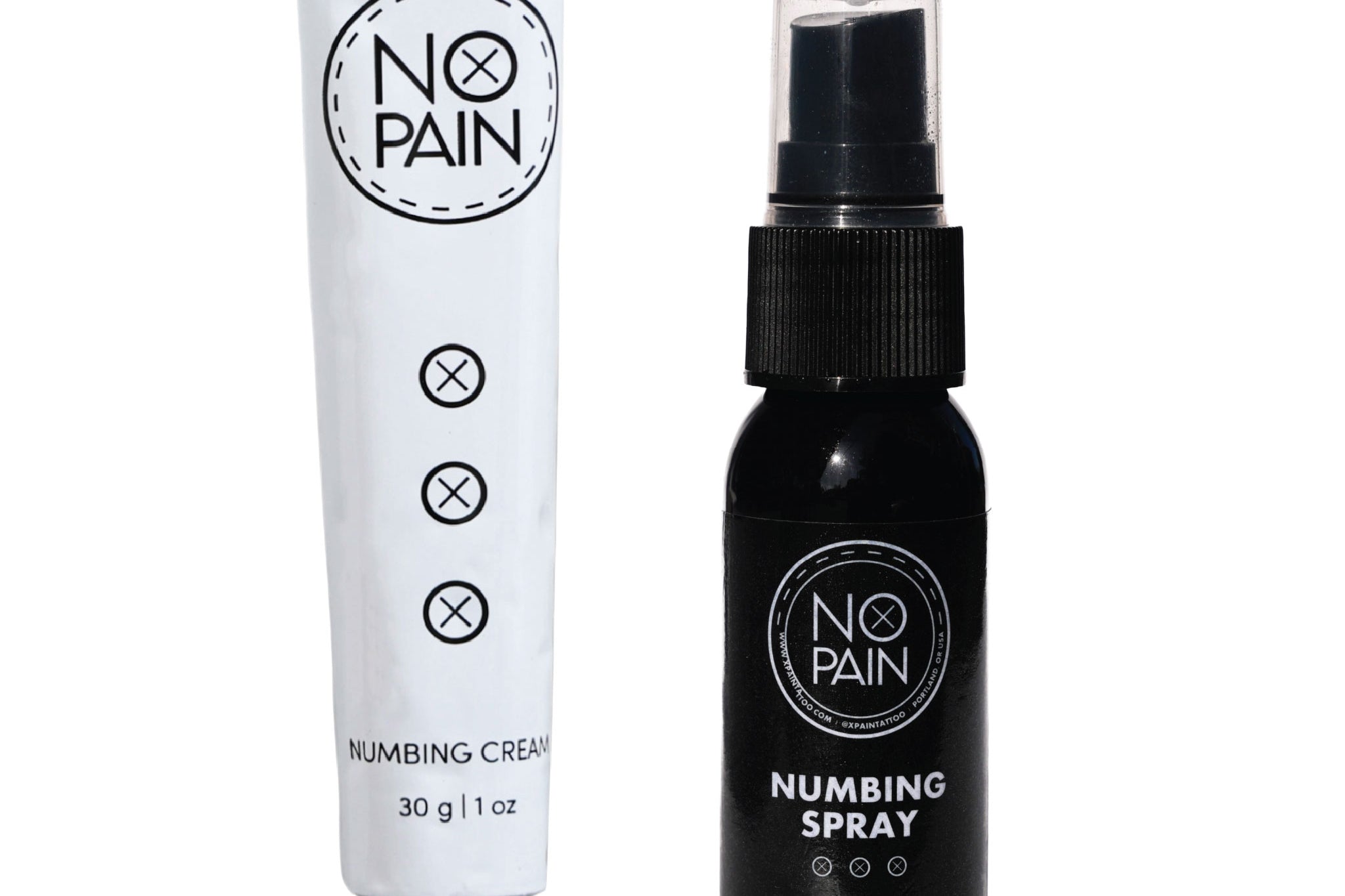You got a new tattoo about a week ago, and you've been diligently following your aftercare routine. But as you look at it today, your heart sinks. The deep blacks and vibrant colors from last week now look dull, cloudy, and faded. The panic is real.
Is your tattoo ruined? Is the ink falling out? Why on earth does your brand new tattoo look like it's a decade old after just one week?
Let's put your mind at ease: Your tattoo is not fading. What you are seeing is a completely normal, and temporary, part of the healing process that every single tattoo goes through.
This guide will explain what's really happening to your tattoo, why it looks this way, and what you need to do to ensure its true vibrancy comes shining through.
The Culprit: Welcome to the "Milky" or "Cloudy" Phase
Around the 7-10 day mark, your tattoo finishes its initial weeping stage and enters the main peeling stage. As the top layer of dead, ink-stained skin flakes away, your body is rapidly building a fresh, new layer of epidermis over your tattoo to protect it.
This new skin is like a layer of frosted glass. It's not yet fully transparent like your normal, mature skin. It's a bit opaque and hazy as it finishes regenerating. You are looking at your perfectly vibrant tattoo through this temporary, cloudy filter. This is what creates the "faded" or "milky" appearance that is causing your concern.
Seeing this milky layer is actually a good thing! It's a visible sign that your body is successfully healing and building a new, protective layer of skin over your art. It means you're right on track.
"True" Fading vs. The Healing Haze
It's important to understand the difference between this normal healing phase and actual ink loss.
-
The Healing Haze (What you're seeing): Is a uniform, cloudy or whitish film that covers the entire tattoo. It appears around week two and will last for a couple of weeks before clearing up on its own as the new skin matures.
-
True Fading (Ink Loss): This results in a patchy, inconsistent look where some spots are vibrant and others are light or completely empty. This is caused by improper aftercare, like picking at scabs or getting an infection, not by the natural healing process.
The "Fix": How to Get Through This Phase
You cannot scrub the milkiness away, and you absolutely shouldn't try. The "fix" for this phase is to simply support your skin as it completes its natural regeneration process. The goal is to keep that new, hazy layer of skin as healthy and hydrated as possible so it can mature and become transparent.
-
Keep It Clean: Continue to gently wash the area 1-2 times a day. Our No Pain Tattoo Cleansing Foam is perfect because it won't irritate this new, delicate skin.
-
Nourish the New Skin: This is where a high-quality moisturizer is critical. Our No Pain Tattoo Aftercare Balm is designed to provide the nutrients this "baby skin" needs to mature. It's packed with vitamins and natural butters that will keep the skin supple and hydrated. This will help the milky phase resolve faster and more effectively, revealing the crisp art underneath.
-
Be Patient: The milky/cloudy phase will last for 1 to 2 weeks for most people. After that, your tattoo will get progressively brighter and clearer for up to 1-2 months as the skin fully settles. The vibrancy will return!
The Verdict: If your tattoo looks faded, cloudy, or milky after a week, congratulations—your body is healing exactly as it should be. It is not damaged, and the ink is not falling out.
Trust the process, resist the urge to panic, and continue your aftercare routine with a focus on nourishing that new layer of skin. By using a complete system like our No Pain Tattoo Aftercare Bundle, you're giving your skin everything it needs to successfully navigate every stage of healing—even the weird-looking ones.




